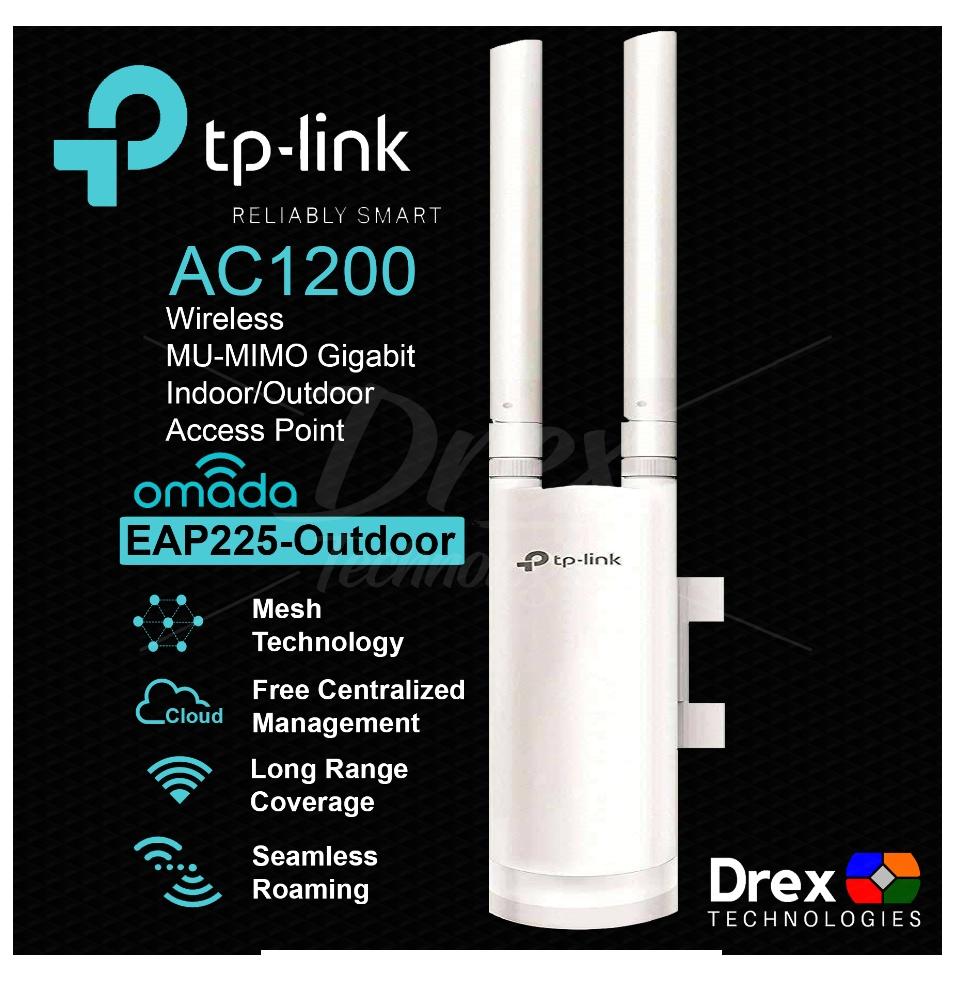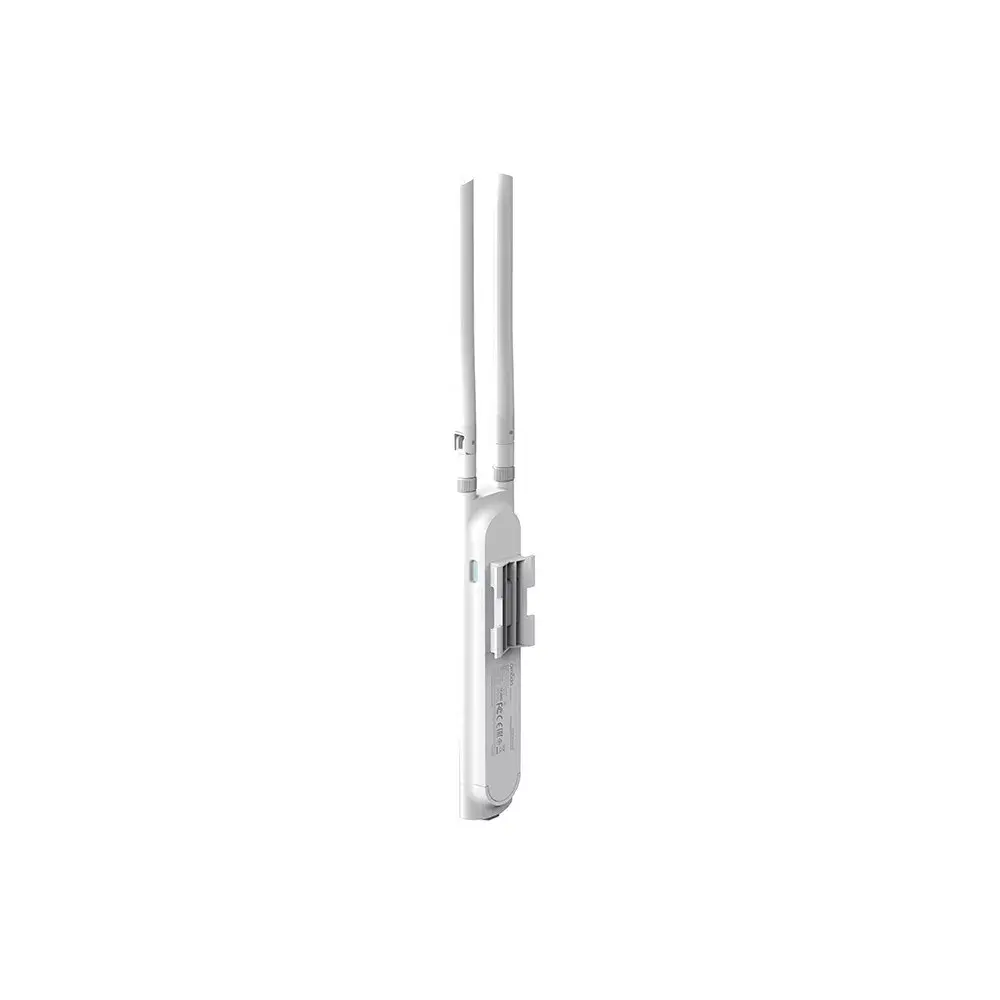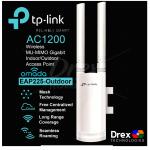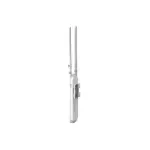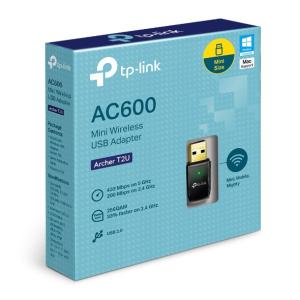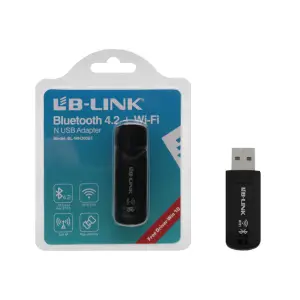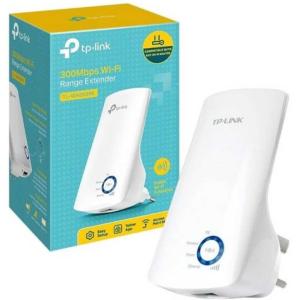OTHER FEATURES:
- Omada SDN Platform:
- Centralized cloud management of multiple EAPs, switches, and gateways.
- Supports cloud or on-premises controller.
- Seamless Roaming:
Automatically switches clients to the access point with the strongest signal without dropping the connection (802.11k/v/r). - PoE Support:
- 802.3af PoE and Passive PoE compatible (via PoE adapter or switch)
- Guest Network with Captive Portal:
- Allows secure guest access with options like SMS authentication or vouchers.
- Advanced Wireless Features:
- Band steering (pushes dual-band devices to the 5 GHz band)
- Load balancing
- Airtime fairness
- Beamforming
- Secure Access:
- WPA3 (in newer firmware versions)
- MAC filtering
- Rogue AP detection
- VLAN Support:
Ideal for creating multiple isolated networks (great for enterprise environments).
Hardware Design:
- Mounting Options:
Ceiling or wall mountable; low-profile, professional design. - LED Control:
Option to turn off LED indicators for less visual distraction. - Management Methods:
- Web UI
- Omada Controller Software (Windows/macOS/Linux)
- Omada Cloud Controller
- Omada Mobile App
- Management Features:
- Scheduling
- Reboot timers
- Firmware upgrades
- Real-time monitoring and alerts
A TP-Link access point is a networking device that extends wireless coverage in a home or office. It connects to a wired router or switch and broadcasts Wi-Fi signals to areas with weak or no connectivity. TP-Link access points support various wireless standards, such as Wi-Fi 5 and Wi-Fi 6, offering fast and stable internet connections. They often include features like multiple SSIDs, guest networks, and easy management via web or app interfaces. These devices are commonly used to improve network performance and eliminate dead zones.


